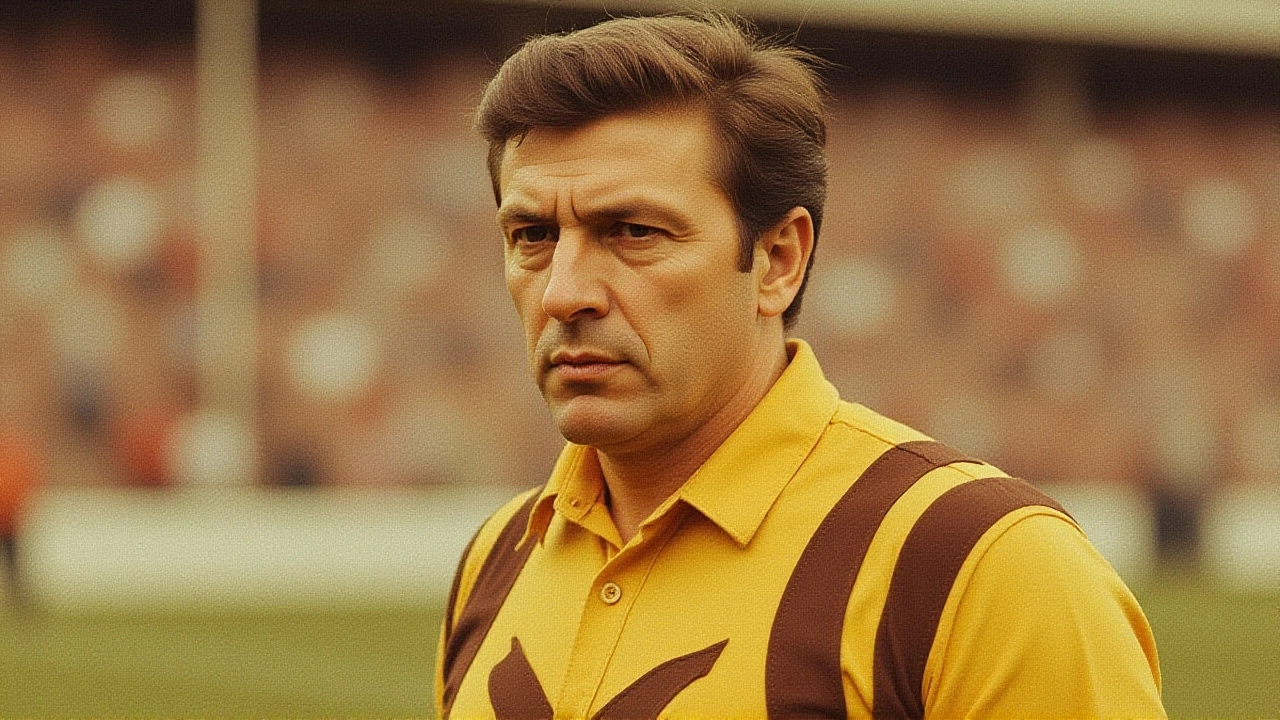
It wasn’t a grand ceremony, not even a formal sale—just a quiet moment backstage at the Fillmore East in late 1969. But what happened there changed rock music forever. Joe Walsh, then guitarist for the James Gang, handed over his prized 1959 sunburst Gibson Les Paul Standard to Jimmy Page, the architect of Led Zeppelin. Walsh charged him $1,200—roughly what he’d paid for it. Page didn’t haggle. He took it home. And that guitar? It became the voice of Led Zeppelin.
The Guitar That Didn’t Belong in England
By early 1969, Led Zeppelin had exploded onto the scene with their self-titled debut. But if you listen closely, you’ll hear something odd: the lead tones are bright, snappy, almost brittle. That’s because Page was still using a 1959 Fender Telecaster, the same one he’d played with The Yardbirds. He knew it wasn’t enough. "Led Zeppelin ain’t making it with a Telecaster," he told Walsh, according to the guitarist’s 2012 Guitar World interview. The problem? Les Pauls were nearly impossible to find in England. "Virtually didn’t exist," Walsh recalled. Meanwhile, Page was hunting for something with heft, sustain, and that thick, singing midrange only a late-’50s Les Paul could deliver.A Gift That Wasn’t Really a Gift
Walsh, then 22, owned two 1959 Les Pauls. One he loved. The other? "Just saving for a rainy day." He brought the latter to the Fillmore East, slipped it to Page after the show, and said, "You’ve got to have this." Page, ever the pragmatist, initially resisted. He already owned a Les Paul Custom. But Walsh insisted. "It wanted a new home," Page later said. The price? $1,200. Not a bargain, but not a rip-off either—Walsh said he charged "whatever my expenses were." For context, a new Les Paul in 1969 cost around $400. This was a vintage instrument, already prized by collectors. Walsh wasn’t profiting. He was passing the torch.The Sound That Defined a Decade
The moment that guitar left Walsh’s hands, it became the backbone of Led Zeppelin’s sound. You hear it on Led Zeppelin II (October 1969)—the crushing riff of "Whole Lotta Love," the searing solo in "Heartbreaker." You hear it on Led Zeppelin IV (November 1971)—the haunting intro to "Stairway to Heaven," the raw power of "Black Dog." It was the same guitar on Physical Graffiti (1975), on the live The Song Remains the Same (1976), and even during the band’s final tour in 1980, just weeks before drummer John Bonham died on September 25 of that year.Page didn’t just use it—he married it. "No matter what, it’s the same Les Paul," he told Guitarist magazine in 2014. Most guitarists rotate instruments. Page didn’t. He trusted this one. It responded to his touch like an extension of his fingers. The neck wore smooth from 11 years of nightly play. The finish cracked in places where his arm rested. The pickups had that sweet, slightly broken-in growl that no new guitar could replicate.

A Piece of History in the Met
In 2019, the Metropolitan Museum of Art opened its landmark exhibit, "Play It Loud: Instruments of Rock & Roll"—and guess which guitar was the centerpiece? That same 1959 Les Paul, now officially recognized as one of the most influential instruments in popular music history. It sat under glass, lit like a sacred relic, with a plaque noting its origin: "Given to Jimmy Page by Joe Walsh, 1969. Used on all Led Zeppelin albums from II through In Through the Out Door. Played at the 2007 O2 reunion concert."That’s the twist: Walsh didn’t just give Page a guitar. He gave him the sonic identity of a band that would define hard rock for generations. The Les Paul’s tone—warm, thick, singing—became the blueprint for everything from AC/DC to Guns N’ Roses. Guitarists now study Page’s solos on that instrument like scripture. The fact that he used it for 38 years straight? Unheard of.
Why This Matters Beyond the Notes
This wasn’t just a gear swap. It was a moment of faith. Walsh, a rising star in his own right, could’ve kept the guitar. He could’ve sold it for triple the price later. Instead, he saw something Page needed—not for fame, but for art. He gave him the tool to unlock the music he couldn’t yet hear. And Page? He didn’t just play it. He made it immortal.Walsh joined the Eagles in 1975, becoming a rock icon in his own right. Page became a legend. But in that quiet backstage moment at the Fillmore East, neither knew they were creating history. They just knew one guitar had to go where it belonged.
Frequently Asked Questions
How did Joe Walsh come to own two 1959 Les Pauls?
Walsh acquired his first 1959 Les Paul in 1968 while touring with the James Gang, trading a guitar and cash to a dealer in Ohio. He bought the second one shortly after, sensing their growing value. At the time, these guitars were considered outdated by many musicians, making them relatively affordable—around $500 to $700. Walsh’s foresight turned them into irreplaceable pieces of rock history.
Why was Jimmy Page so determined to get a Les Paul?
Page needed a guitar with richer sustain and a thicker midrange than the Telecaster could offer. The Les Paul’s humbucker pickups and solid mahogany body delivered a heavier, more resonant tone perfect for Led Zeppelin’s blues-rock fusion. In England, vintage Les Pauls were nearly impossible to find, making Walsh’s offer a rare lifeline. Page later called it the only guitar that could match the power he heard in his head.
What happened to the Les Paul after Led Zeppelin disbanded?
Page kept the guitar in his personal collection, using it for solo work and the 2007 Led Zeppelin reunion at the O2 Arena. He rarely played it publicly after that, preserving it as a historical artifact. In 2019, he loaned it to the Metropolitan Museum of Art for the "Play It Loud" exhibit, where it remains one of the most visited items in the museum’s music collection.
How much would this Les Paul be worth today?
A 1959 Gibson Les Paul Standard in excellent condition typically sells for $750,000 to over $1 million. But this one? With its provenance—used by Page on every major Zeppelin album and played at the 2007 reunion—it could fetch $3 million or more at auction. Its cultural weight far exceeds its material value.
Did Joe Walsh ever regret giving it away?
Never. In interviews, Walsh has always said he felt the guitar was meant for Page. "I knew it would make music that mattered," he told Guitar Player in 2017. He even joked that he got the better end of the deal—he kept his other 1959 Les Paul, which he still plays on tour. And now, both guitars are legends.
What made this Les Paul different from other 1959 models?
All 1959 Les Pauls are rare, but this one had a unique combination: a slightly heavier body, a specific maple top grain pattern, and pickups wound with a slightly lower output than average—giving Page’s tone its signature clarity amid distortion. Over time, the wood dried and settled, enhancing resonance. Page never modified it, preserving its original electronics and finish, making it one of the most authentic surviving examples.


